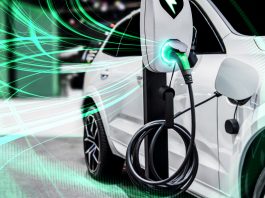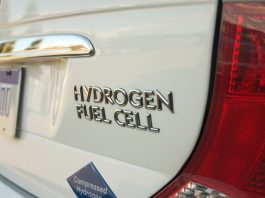Indiana University research suggests that if affordable electric cars do not become more available for consumers, the US is unlikely to achieve its 2030 electric vehicle (EV) adoption goals.
The US Government set an ambitious target of reaching 50% penetration of plug-in electric vehicles by 2030 to reduce the country’s carbon emissions and considerable dependency on fossil fuels. Although attaining this objective would have significant environmental impacts, new research suggests it is improbable unless the public can purchase affordable electric cars.
Professor John D Graham, who led the study at Indiana University’s Paul H. O’Neill School of Public and Environmental Affairs, commented: “We need to focus policymakers, automakers, and electric utilities on how to stimulate consumer demand for—and automaker offerings of—affordable electric cars.”
The study, titled ‘Affordable Electric Vehicles: Their Role in Meeting the US Contribution to the Paris Climate Goals’, was published in the journal Frontiers.
US climate goals
In 2021, US President Joe Biden pledged to achieve economy-wide net zero carbon emissions by 2050, a claim which is now a formal US submission under the 2015 Paris Accords of the United Nations Framework Convention on Climate Change.
Currently, the transport sector is the most significant contributor to greenhouse gas emissions in the US, with 58% of transportation emissions coming from light-duty passenger vehicles, including cars and light trucks.
To achieve Biden’s emission ambitions, the US will need to rapidly transition from internal combustion engine-powered transport to zero-emission vehicles, such as plug-in electric vehicles. However, various factors are stifling their uptake.
For example, plug-in electric vehicles, on average, cost between $10,000 to $20,000 more than comparable internal combustion engine vehicles, a significant price that is slowing down their adoption. Furthermore, rising prices of the raw materials used to manufacture electric vehicle batteries have hindered a reduction in the price gap.
The need for affordable electric cars
The new study discovered that the midpoint of prices of all new vehicles sold in the US in 2021 – both electric and internal combustion engine vehicles – was roughly $45,000. Furthermore, of the 108 electric vehicles currently on the market for US customers, only 17 had a base price below $46,000, and very few of these affordable electric cars appeal to customers.
A positive trend is that the number of affordable electric cars on the market is increasing, although the dominant producer of electric vehicles, Tesla, is not prioritising affordable models. Without an increase in plug-in electric vehicles on the affordable end of the spectrum, Biden’s goals may be impossible.
Nevertheless, the commercialisation of plug-in models across Europe provides hope for obtaining thesevbenchmarks but will necessitate favourable public policies to increase consumer acceptance.
Graham concluded: “Instead of relying on unrealistic mandates from California and other states, the federal government needs a comprehensive electric-vehicle policy—performance standards and incentives—similar to what has been adopted in the European Union.”









